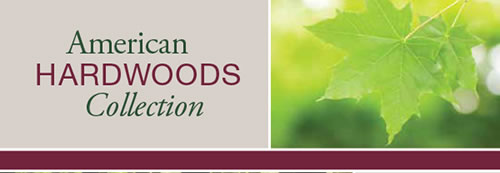Red Roof Inn recently announced the results of a nationwide survey asking what travelers are looking for in a hotel, with the results being used to in their $90 million “NextGen” room redesign. According to the Inn’s press release, the respondents wanted more electrical outlets, flat screen televisions, and hardwood floors. The redesign, debuting at their Miami Airport location, includes the requested electrical outlets and new televisions. But what of the hardwood floors?
Although their guests asked for hardwood flooring, the hotel opted for “wood-like” flooring. “Wood-like” being laminate flooring, and while the two types may look similar, there is a world of difference.
Solid wood flooring is genuine hardwood, nothing less. Laminate, or “wood-like” flooring, is actually particle board or medium density fiberboard, with a picture of wood on the top. The “wood-like” flooring may suffice initially, but over time, a hardwood imitator will show its true grain, or lack thereof.
A hotel’s mission is to sell every room every night, and the average room can house two to four guests. That’s eight feet a day, or 2920 feet a year, dragging their heels (and suitcases!) across a photograph of wood. Throw a few sets of claws in the mix for “pet friendly” hotels, add the feet and wheeled carts of the daily cleaning crew, and the fact that they have to move furniture to clean those hard-to-reach places, and it won’t be long before the flooring is covered in scratches.
What can be done about those scratches? On “wood-like” flooring, very little. However, if solid hardwood (or even engineered hardwood) had been used, in most cases, sanding and refinishing the damaged area would restore the floor’s original beauty. Is there a lesson here?
There are many factors to consider when choosing a building or design material. For instance, is the material natural or man-made? What maintenance and repair costs are associated with the material? What is the useful life of the material and how does it compare with other materials? Why is it important to consider a material’s origin?
Find the answers to these questions, and be knowledgeable when making your selection.
As you consider specification options for your next project, take a second look at American hardwoods. Solid hardwood is naturally beautiful, environmentally-friendly, and more cost-effective over the long run. Choose products made from solid American Hardwoods: built to last a lifetime.


